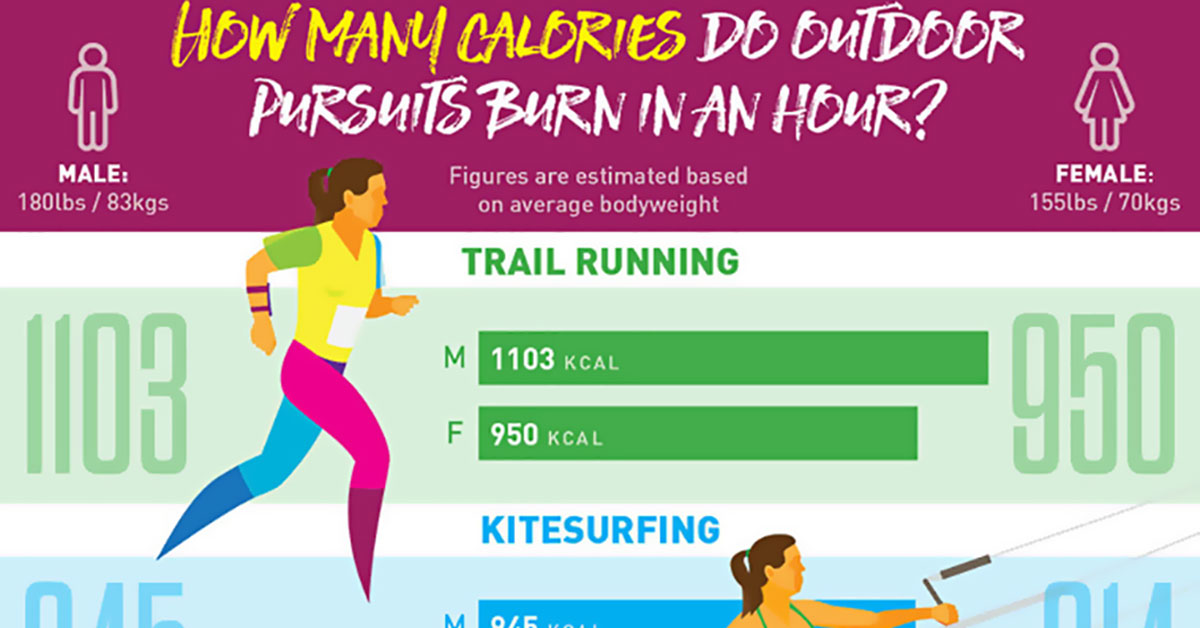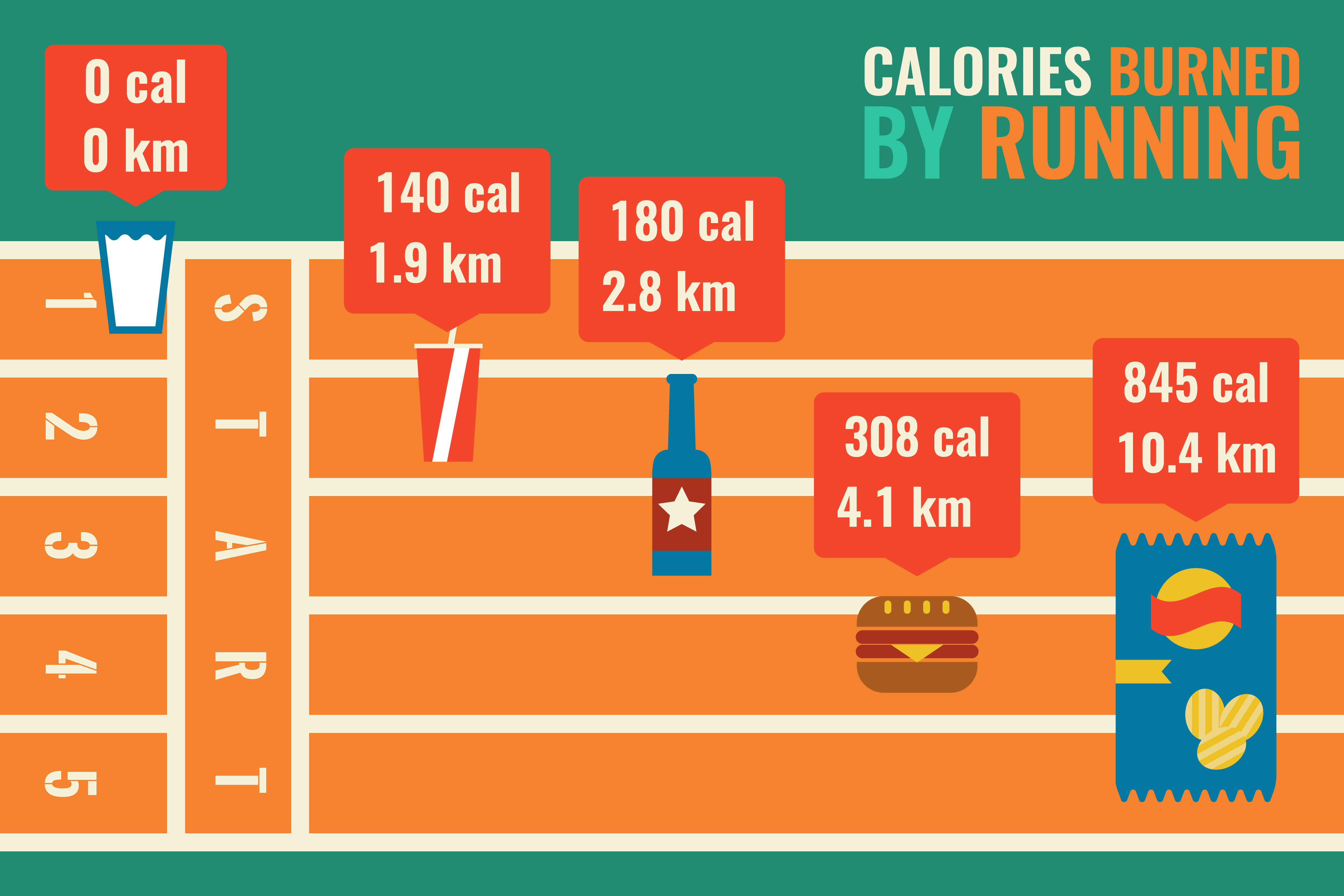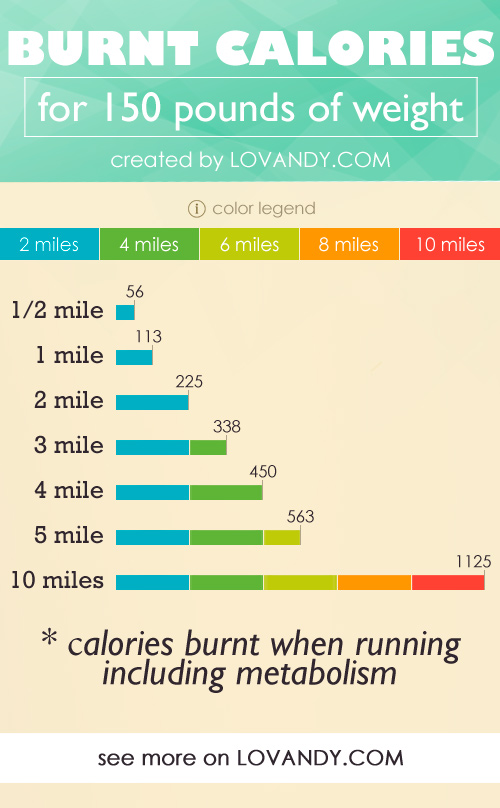The Significance of Calculating Calories Burned Running a Mile
Understanding how many calories you burn while running a mile is crucial for several reasons. First, tracking your caloric expenditure can help you monitor your progress and ensure that you are meeting your fitness goals. By calculating the number of calories burned during a run, you can determine whether you need to increase or decrease your exercise intensity to achieve your desired outcomes. Moreover, knowing the calories burned per mile can assist in creating a balanced exercise and nutrition plan. By comparing your caloric expenditure with your daily caloric intake, you can maintain a healthy energy balance, which is essential for weight management and overall well-being.
Lastly, monitoring your caloric expenditure can serve as a valuable motivational tool. Seeing the number of calories burned during a run can provide a sense of accomplishment and encourage you to continue pushing yourself to reach new fitness milestones.
How to Estimate Caloric Expenditure Running a Mile: A Comprehensive Guide
Estimating the number of calories burned running a mile is a straightforward process that involves several factors. To begin, consider your body weight, running pace, and duration. First, determine your body weight in pounds or kilograms, as this directly influences the number of calories burned during physical activities. Next, calculate your running pace in minutes per mile or kilometers per hour. Finally, estimate the duration of your run in minutes or hours.
Once you have gathered this information, you can use online calculators or equations, such as the METs (Metabolic Equivalent of Task) method, to estimate your caloric expenditure. The METs method assigns a value to various physical activities, including running, based on their intensity. For running at a moderate pace, the MET value is typically around 8.3.
To calculate the calories burned running a mile, use the following formula:
Calories burned = METs value × body weight (in kilograms) × time (in hours)
For example, if you weigh 70 kilograms (154 pounds) and run for 10 minutes (0.17 hours) at a moderate pace, the calculation would be:
Calories burned = 8.3 × 70 × 0.17 = 92.41 calories
Keep in mind that this is an estimate, as individual factors such as fitness level, running efficiency, and genetics can influence caloric expenditure. However, using this method can provide a general idea of the number of calories burned during a mile run, helping you track progress, set fitness goals, and maintain a healthy lifestyle.
The Role of Basal Metabolic Rate in Caloric Expenditure
Basal metabolic rate (BMR) is the number of calories your body requires to maintain basic functions, such as breathing and heartbeat, at rest. BMR plays a significant role in determining the number of calories you burn during physical activities, including running a mile. A higher BMR indicates that your body burns more calories at rest, which can contribute to a higher overall caloric expenditure during exercise. Factors influencing BMR include age, sex, body weight, and muscle mass. As muscle tissue is metabolically active, individuals with a higher muscle mass tend to have a higher BMR.
To estimate your BMR, you can use equations such as the Mifflin-St Jeor equation or the Harris-Benedict equation. These equations take into account your age, sex, height, and weight to provide an estimate of your daily caloric needs at rest.
While BMR is an essential factor in determining caloric expenditure, it is crucial to remember that physical activities, such as running, significantly contribute to overall caloric burn. By understanding both BMR and the number of calories burned during running, you can create a comprehensive exercise and nutrition plan tailored to your specific needs and goals.
Comparing Caloric Expenditure Across Different Running Distances
The number of calories burned during running varies depending on the distance covered. Factors influencing caloric expenditure include running pace, duration, and an individual’s weight. By understanding how caloric burn changes with different running distances, you can better tailor your training and nutrition plans to meet your specific goals. Running a mile burns, on average, between 100 to 150 calories, depending on an individual’s weight and running pace. However, this value can vary when running different distances, such as a 5K (3.1 miles) or a 10K (6.2 miles).
For example, a 150-pound individual running a 10-minute mile pace will burn approximately 125 calories per mile. Over a 5K distance, this person would burn around 375 calories (125 calories/mile × 3 miles). For a 10K distance, the caloric expenditure would double to approximately 750 calories (125 calories/mile × 6 miles).
However, it is essential to consider that caloric expenditure during running is not solely determined by distance. Factors such as running pace, duration, and an individual’s weight also play a significant role. For instance, running at a faster pace or increasing the duration of a run will result in a higher caloric burn, even when running the same distance.
Furthermore, incorporating interval training, hill repeats, and strength training into your running routine can help improve running performance and increase the number of calories burned during a run. By understanding how caloric expenditure changes with different running distances and implementing various training strategies, you can optimize your running performance and overall health.
Enhancing Caloric Expenditure: Tips for Boosting Your Running Performance
Improving running performance and increasing the number of calories burned during a run can be achieved through various practical strategies. Incorporating interval training, hill repeats, and strength training into your running routine can help optimize caloric expenditure and overall fitness.
Interval Training: Interval training involves alternating between high-intensity and low-intensity exercise periods. This approach can help improve cardiovascular fitness, speed, and caloric burn. For example, try alternating between running at a fast pace for 1 minute and jogging or walking for 2 minutes. Repeat this cycle for the duration of your run.
Hill Repeats: Running uphill challenges your muscles and cardiovascular system, increasing caloric burn and improving running performance. Find a moderate to steep hill and run up it at a challenging pace, then jog or walk back down as recovery. Repeat this process for several repetitions, aiming to maintain a consistent pace throughout the hill repeats.
Strength Training: Incorporating strength training exercises, such as squats, lunges, and deadlifts, into your routine can help build lean muscle mass and increase your basal metabolic rate (BMR). A higher BMR means your body burns more calories at rest, contributing to a higher overall caloric burn during running activities.
Vary Your Running Terrain: Running on different surfaces, such as trails, tracks, or grass, can engage various muscle groups and challenge your body in new ways, potentially increasing caloric burn.
Cross-Training: Engaging in other forms of exercise, such as swimming, cycling, or dancing, can help improve overall fitness and cardiovascular health, leading to enhanced running performance and higher caloric burn during runs.
By implementing these strategies, you can effectively improve running performance and increase the number of calories burned during a run, ultimately supporting your fitness goals and overall health.
Utilizing Wearable Fitness Devices for Caloric Expenditure Tracking
Wearable fitness devices, such as smartwatches and fitness trackers, offer a convenient and accurate method for tracking caloric expenditure during running activities. These devices use advanced sensors, such as accelerometers, gyroscopes, and heart rate monitors, to estimate the number of calories burned based on individual factors, such as body weight, age, sex, and fitness level. Advantages of using wearable fitness devices for caloric expenditure tracking include:
Accuracy: Modern wearable devices provide accurate calorie burn estimates, taking into account various factors that influence caloric expenditure during running.
Real-Time Monitoring: Wearable devices allow users to monitor their caloric burn in real-time, providing immediate feedback and motivation during runs.
Data Analysis: Many wearable devices offer companion apps that enable users to analyze their running data, track progress, and set fitness goals.
Versatility: Wearable fitness devices can be used for various activities, not just running, making them a valuable tool for overall fitness and health tracking.
Motivation: Seeing the number of calories burned during a run can provide motivation and encouragement, helping users stay engaged and committed to their fitness goals.
When selecting a wearable fitness device for caloric expenditure tracking, consider the following features:
Accuracy of calorie burn estimates
Compatibility with other devices and apps
Battery life
Water resistance
User-friendly interface
GPS tracking
Heart rate monitoring
Price
By incorporating a wearable fitness device into your running routine, you can accurately track caloric expenditure, monitor progress, and make data-driven decisions to support your fitness goals and overall health.
The Science Behind Caloric Expenditure: Understanding the Energy Systems Involved in Running
Running is a complex activity that involves the interplay of various energy systems within the human body. These energy systems convert chemical energy from food into mechanical energy, enabling movement and, consequently, caloric burn. Understanding these energy systems can shed light on how the body converts energy into motion and burns calories during a run. There are three primary energy systems involved in running: the ATP-PC system, the glycolytic system (aerobic and anaerobic), and the oxidative system.
ATP-PC System: The ATP-PC (adenosine triphosphate-phosphocreatine) system is anaerobic and provides immediate energy for high-intensity activities, such as sprinting. This system relies on the breakdown of ATP and PC stores in the muscle cells, releasing energy rapidly but lasting only a few seconds.
Maintaining a Balanced Diet: Nutritional Recommendations for Runners
A balanced diet is crucial for runners, as it supports running performance, recovery, and overall health. Proper nutrition can help optimize caloric burn, maintain a healthy weight, and enhance running efficiency. Here are some dietary recommendations for runners:
1. Carbohydrates: Fuel for Running
Carbohydrates are the primary source of energy for runners, as they are quickly converted into glucose and used for muscle contraction. Consume complex carbohydrates, such as whole grains, fruits, and vegetables, to ensure a steady supply of energy during runs. Aim for 45-65% of your daily caloric intake from carbohydrates.
2. Protein: Building and Repairing Muscles
Protein is essential for building and repairing muscles, making it crucial for runners. Include lean protein sources, such as chicken, fish, tofu, and legumes, in your diet. Aim for 10-35% of your daily caloric intake from protein.
3. Healthy Fats: Supporting Energy and Recovery
Healthy fats, such as those found in avocados, nuts, seeds, and olive oil, support energy production, absorption of fat-soluble vitamins, and inflammation reduction. Aim for 20-35% of your daily caloric intake from healthy fats.
4. Hydration: Maintaining Optimal Fluid Levels
Proper hydration is vital for runners, as it helps regulate body temperature, transport nutrients, and remove waste products. Drink water before, during, and after runs, and consider sports drinks for longer or more intense running sessions to replace electrolytes.
5. Pre- and Post-Run Nutrition
Consuming a balanced meal or snack before and after runs can help optimize performance and recovery. Pre-run meals should consist of carbohydrates, protein, and a small amount of fat, while post-run meals should focus on carbohydrates, protein, and hydration.
6. Individual Nutritional Needs
Remember that individual nutritional needs vary based on factors such as age, sex, weight, running distance, and intensity. Consult a registered dietitian or nutritionist for personalized dietary advice and recommendations.
By following these nutritional recommendations, runners can ensure they are consuming a balanced diet that supports running performance, recovery, and overall health. Adequate nutrition can also help optimize caloric burn, making it easier to maintain a healthy weight and achieve running goals.








